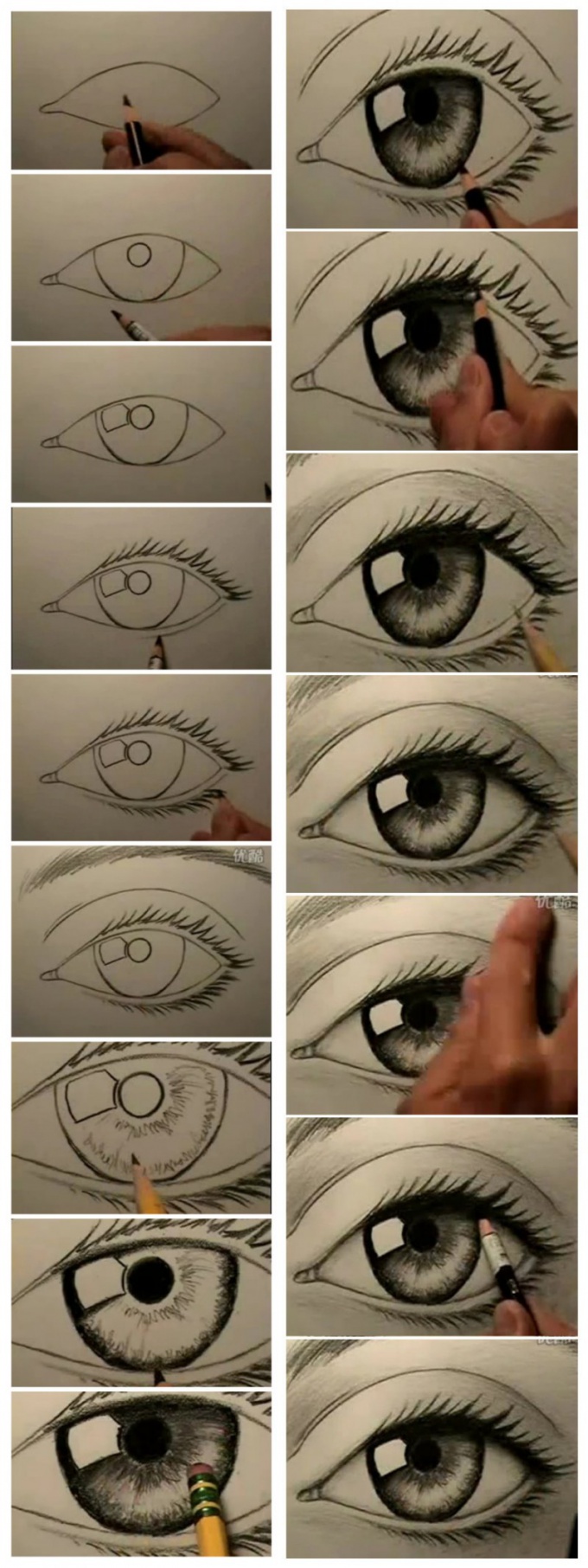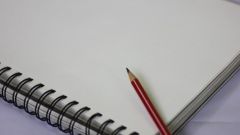To apply the lesson in practice will need pencils of varying hardness, erasers and paper.
In the technique of hatching different shades are created by changing the density of deposited on the paper lines, different pressure on the pencil and using pencils of different kinds. Go shades from light to dark and from dark to light, depending on the plan. This lesson requires many hours of practice.
You will have to spend many hours on drawing simple lines with a specified distance from each other. You need to try different angles and pressure, to turn the sheet and to change the angle and direction of the hatch lines. Only then will be able to find a comfortable line, the angle and degree of pressure.
Train will be easier, if you know the basic types of hatching used by artists.
The first type of hatching lines short and away from each other. Thus we study the properties of pencils of different softness. Located at some distance from each other lines create the illusion of a light tone.
Then lines are drawn closer to each other and longer. Visually this hatch looks darker.
In a third embodiment, the line almost closely adjacent to each other, but they are still visible to the paper. Here checked the accuracy of the hands and the ability to draw parallel lines of different types - long and short, distant from each other and located near.
Then you should train in drawing as long as possible and neat coils, uncoiling them from the center or opposite spinning in the center. This exercise gives the artist's hand hardness and flexibility.
This activity helped to understand the boundaries of color. It consists in applying on the paper of 7-10 groups of strokes from dark to light and Vice versa from light to dark. The transition should be smooth, the corresponding tables for the reconciliation can be purchased at art stores along with pencils and other teaching AIDS.
To achieve the result is used as a different degree of pressure on the pencil and pencils of different degrees of softness. To draw you need to be able so that you can see the line of the hatch, and so to create the effect of smoothness, without gaps between lines.
Once all three of these exercises will not be challenging, you can safely take on one of the many lessons based on the image of anything: everything will turn out perfectly. For the artist, especially an important practice and a steady hand, everything else makes a huge desire to create.
Intensity hatch
In the technique of hatching different shades are created by changing the density of deposited on the paper lines, different pressure on the pencil and using pencils of different kinds. Go shades from light to dark and from dark to light, depending on the plan. This lesson requires many hours of practice.
You will have to spend many hours on drawing simple lines with a specified distance from each other. You need to try different angles and pressure, to turn the sheet and to change the angle and direction of the hatch lines. Only then will be able to find a comfortable line, the angle and degree of pressure.
Principal hatch
Train will be easier, if you know the basic types of hatching used by artists.
The first type of hatching lines short and away from each other. Thus we study the properties of pencils of different softness. Located at some distance from each other lines create the illusion of a light tone.
Then lines are drawn closer to each other and longer. Visually this hatch looks darker.
In a third embodiment, the line almost closely adjacent to each other, but they are still visible to the paper. Here checked the accuracy of the hands and the ability to draw parallel lines of different types - long and short, distant from each other and located near.
Then you should train in drawing as long as possible and neat coils, uncoiling them from the center or opposite spinning in the center. This exercise gives the artist's hand hardness and flexibility.
Create a bar scale
This activity helped to understand the boundaries of color. It consists in applying on the paper of 7-10 groups of strokes from dark to light and Vice versa from light to dark. The transition should be smooth, the corresponding tables for the reconciliation can be purchased at art stores along with pencils and other teaching AIDS.
To achieve the result is used as a different degree of pressure on the pencil and pencils of different degrees of softness. To draw you need to be able so that you can see the line of the hatch, and so to create the effect of smoothness, without gaps between lines.
Once all three of these exercises will not be challenging, you can safely take on one of the many lessons based on the image of anything: everything will turn out perfectly. For the artist, especially an important practice and a steady hand, everything else makes a huge desire to create.


